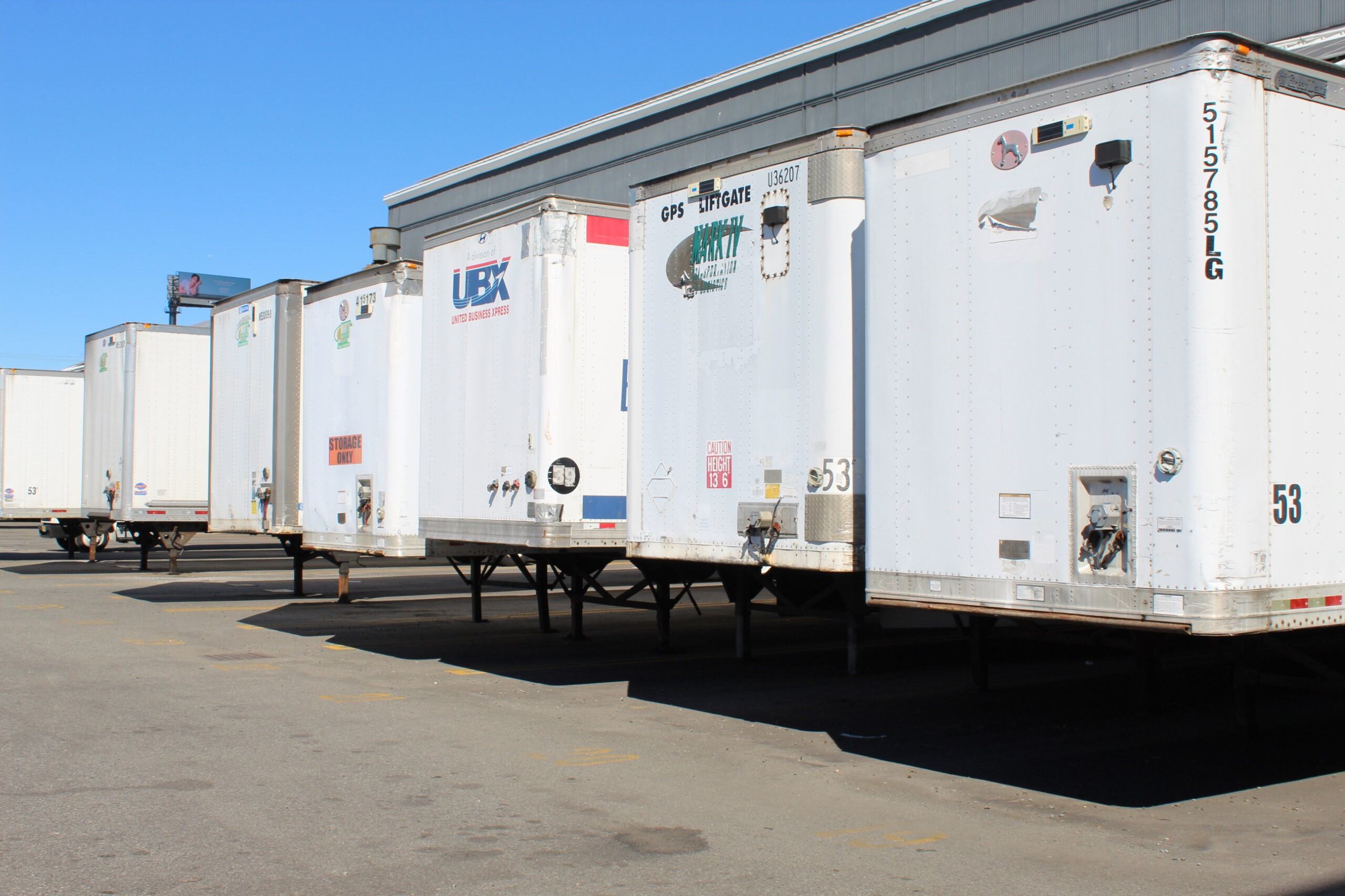In a market where speed is everything, businesses are constantly pressured to deliver products faster and more efficiently. Whether you’re shipping B2B or direct to consumers, long lead times can result in lost sales, dissatisfied customers, and missed growth opportunities. Reducing lead times isn’t just about shipping quicker—it’s about optimizing every stage of your order fulfillment process to operate more efficiently from start to finish. Here are smart strategies businesses can use to streamline fulfillment and reduce costly delivery delays.
1. Optimize Inventory Management
One of the leading causes of fulfillment delays is inefficient inventory management. If a product isn’t where it needs to be—or worse, isn’t in stock—it delays every subsequent step. Implementing real-time inventory tracking and automated stock alerts helps you stay ahead of low inventory levels and reduces fulfillment errors.
Tactics to implement:
- Maintain safety stock of high-demand items.
- Use warehouse management systems (WMS) to track inventory in real time.
- Perform regular cycle counts to keep records accurate.
2. Improve Warehouse Organization
A well-organized warehouse directly impacts how quickly your team can locate, pick, pack, and ship orders. Streamlining your layout for efficiency and eliminating unnecessary movement can significantly reduce lead times.
Best practices include:
- Implementing zone picking and batch picking.
- Placing fast-moving items near packing stations.
- Using barcode scanning for faster, more accurate picks.
3. Automate Where Possible
Automation doesn’t have to mean robotics—though that’s an option. It can also include automated order processing, label printing, or data entry. The fewer manual touchpoints in your process, the quicker and more accurately orders are fulfilled.
Automation ideas:
- Integrate your e-commerce platform with your inventory and shipping systems.
- Use automated picking lists and packing slips.
- Implement rules-based routing for order prioritization.
4. Strengthen Supplier Relationships
Delays can begin before a product even reaches your warehouse. Partnering with reliable suppliers and maintaining strong communication ensures that you can count on consistent, timely deliveries of the materials or products you need.
How to improve supplier coordination:
- Share demand forecasts and ordering timelines.
- Establish clear service level agreements (SLAs).
- Have backup suppliers in place for critical items.
5. Choose the Right Fulfillment and Shipping Partners
Your fulfillment and shipping partners play a major role in how quickly orders get out the door and into customers’ hands. Selecting partners that align with your speed, volume, and customer service expectations is key to reducing delivery delays.
Evaluate partners based on:
- Delivery timelines and reliability.
- Geographic coverage and capabilities.
- Real-time tracking and reporting options.
Speed Without Sacrificing Accuracy
Faster order fulfillment starts with more innovative processes. Businesses can drastically reduce lead times while maintaining accuracy and customer satisfaction by optimizing inventory, improving warehouse workflows, automating repetitive tasks, and partnering with reliable suppliers and carriers. We help businesses streamline fulfillment at Mark IV through efficient logistics, real-time tracking, and scalable solutions that keep orders moving.
Looking for more ways to enhance your supply chain? Our blog offers expert insights on logistics, fulfillment, and operational efficiency.


